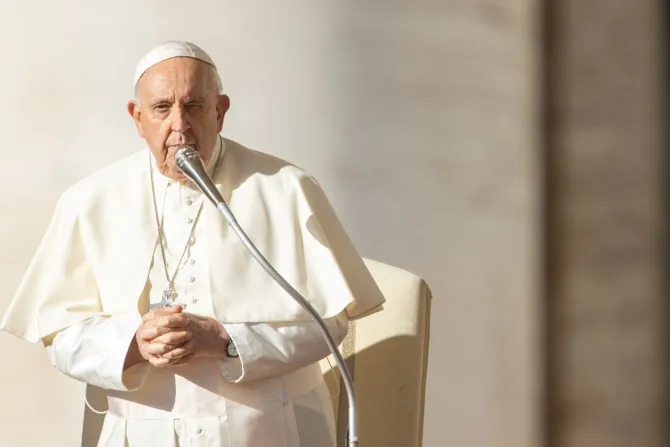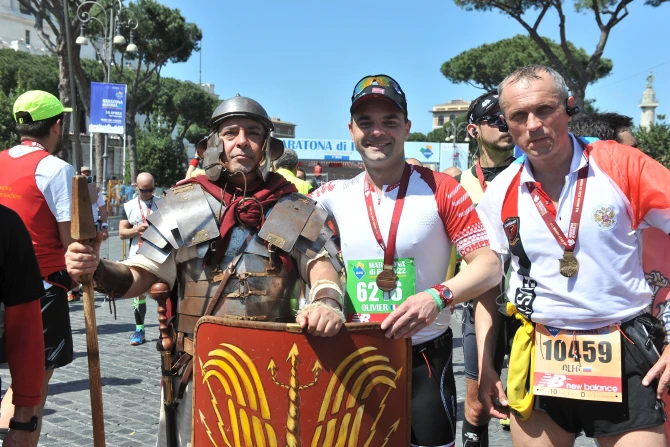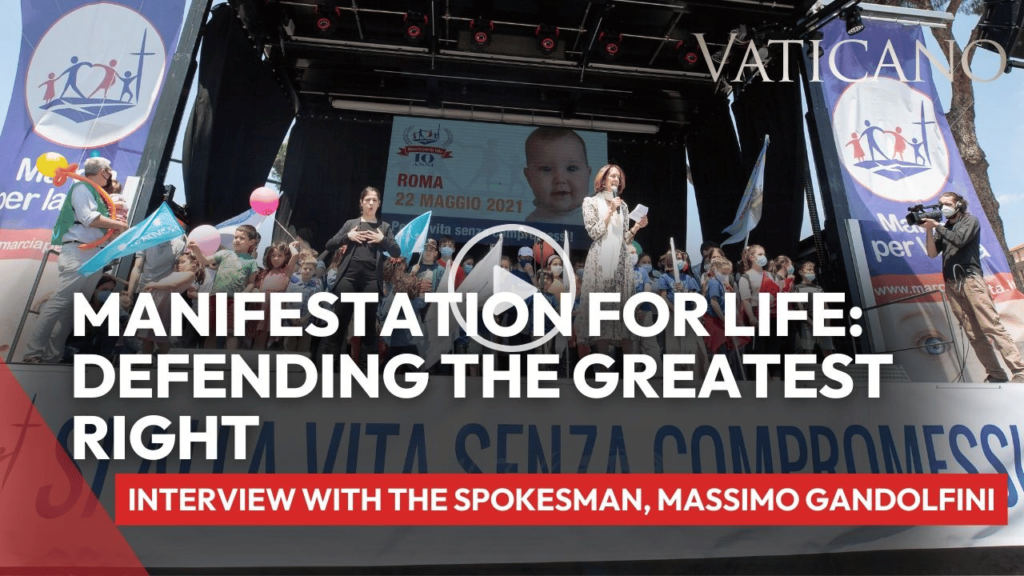The Vatican’s Mater Ecclesiae Monastery, the last residence of Benedict XVI, will soon welcome a group of Benedictine nuns from Argentina, following an invitation from Pope Francis. Starting next January, six nuns from the Benedictine Order, currently residing at the Abbey of Santa Escolástica in Victoria, located in the Province of Buenos Aires within the Diocese of San Isidro, will move into the monastery.
The monastery was originally established by Saint John Paul II in 1994 as a contemplative female monastery within Vatican City, bearing the title Mater Ecclesiae. From its inception until 2012, it was home to four communities from the Order of Saint Clare, the Discalced Carmelites, Saint Benedict, and the Visitation of Saint Mary.
After Pope Benedict XVI’s resignation in 2013, Mater Ecclesiae became his residence, where he lived until his passing on December 31, 2022, along with Archbishop Monsignor Georg Gänswein and four consecrated women.
Pope Francis, through a handwritten letter dated October 1, has decided that the monastery should “return to its original purpose.” This means that contemplative orders will support the Holy Father in his daily care for the entire Church through prayer, adoration, praise, and reparation, thus becoming a silent, prayerful presence. Furthermore, the Vatican Governorate will be responsible for all matters related to the Mater Ecclesiae Monastery.
The Abbey of Santa Escolástica in Victoria was founded in 1941, with the construction of its temple beginning on the Solemnity of the Immaculate Conception, December 8, 1938, initiated by Father Andrés Azcárate, the prior of the Abbey of San Benito in Buenos Aires.
The future Argentine nuns were trained at the Abbey of Santa Maria in San Paulo, Brazil. In September 1941, the founding community, consisting of “four Brazilians with solemn vows, six Argentinians with temporary vows, and one converse sister,” arrived in Argentina. In 1946, the monastery was elevated to an Abbey, with Mother Plácida de Oliveira as its first abbess, succeeded by Mother Mectildis Cecilia Santangelo after her death in 1948. In 1977, Mother María Leticia Riquelme was appointed abbess and subsequently established three more foundations in Argentina.







